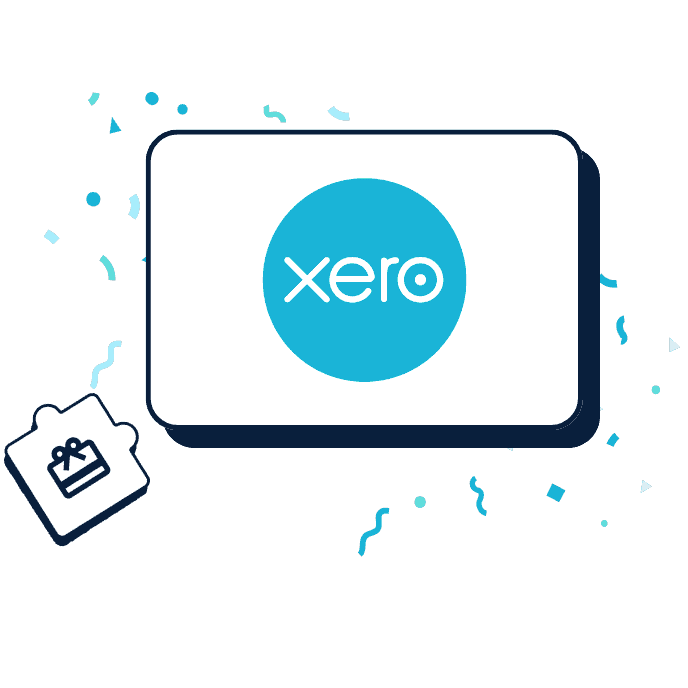Dominic is the CEO of Lawpath, dedicating his days to making legal easier, faster and more accessible to businesses. Dominic is a recognised thought-leader in Australian legal disruption, and was recognised as a winner of the Australian Legal Innovation Index and recently a winner of the LexisNexis 40 Under 40 (APAC).
Running a small business is tough. You put your heart and soul and many years of hard work into it, so you deserve to get the best reward when you sell. Before selling your business it is important to be aware of the changes made to the Capital Gain Tax (CGT) relief.

Get 90% off Xero for your first 6 months
What is Capital Gain Tax (CGT)?
When you make some money from selling a business asset or investment, this will give you a ‘capital gain’. And Capital Gain Tax (CGT) is the tax charged on that capital gain. If you make a capital loss, you can’t claim it against income but you can use it to reduce a capital gain in the same income year.
What is Small Business CGT concessions?
Capital Gains Tax can be reduced or eliminated through Small Business CGT concessions.
There are four concessions specifically available to eligible small business taxpayers
- Small business 15‐year exemption
- 50% ‘active asset’ reduction
- Retirement concession
- Small business roll‐over
For more information on each of these concessions please refer to the ATO Web Page on Small business CGT concessions.
Changes to the CGT relief:
To be eligible for CGT concessions you need to meet all the requirements. One of the requirements is that you must satisfy the maximum net asset value test (MNAV). There is a limit of $6 million on the net value of the CGT assets that you and certain entities can own and still qualify for the small business CGT concessions. This $6 million limit is called the maximum net asset value test. The ATO says that you must include the net value of CGT assets owned by yourself, any entities ‘connected with’ you and any of your ‘affiliates’ and entities connected with your affiliates.
Now this where the big change took place. When determining the net value of the CGT asset the court will now focus on which gave rise to the “connection” between the taxpayer and the other entity whose assets would otherwise be included in maximum net asset value test calculation. If that connection between the taxpayer and that other entity arises only because of the relationship between the taxpayer and the “affiliate” then the assets of that other entity will be excluded.
Case example:
In White v Commissioner of Taxation there were two taxpayers, Mr and Mrs White. Together they owned a total of 58.2% of the issued share capital in the Company. The taxpayers were each other’s small business CGT affiliates. In December 2006, the taxpayer’s sold their shares in the Company and applied the 15 year exemption to each of their resulting capital gains.
As mentioned above, the couple had to satisfy the MNAV test to receive the concession. In this case they included the value of their shareholding in the Company and otherwise excluded the net value of the assets of the Company. So did they meet with the requirement?
To answer this, the judge had to decide whether or not the taxpayers had to include the value of the assets of the Company or whether it was sufficient, as the taxpayers had done, to only include the value of their shares in the Company. The Court concluded that the net value of the assets of the Company should be disregarded. The Court made the observation that the Company was ‘connected’ to each of the taxpayers because between them, they owned enough shares to control it. Each of the taxpayers individually owned insufficient shares to control the Company in the required sense and the Company only became a ‘connected’ entity of each of them because of the other.
Commercial realities
So for example’, you own a florist business and your friend owns a grocery store. Your friend also owns the land and building from which your florist business is conducted and leases it to you. To determine whether you satisfy the maximum net asset value test, you include the market value of the land and building owned by friend (because it is used in your business) but do not include your friend’s other assets used in his grocery business (because they are not used in your florist business). For more information on MNVP visit the ATO page.
If you are ready to sell your business, with LawPath you can now create a Business Sale Agreement in under 15 minutes.
Unsure where to start? Contact a LawPath consultant on 1800LAWPATH to learn more about customising legal documents, obtaining a fixed-fee quote from one our network of 600+ expert lawyers or to get answers to your legal questions.






